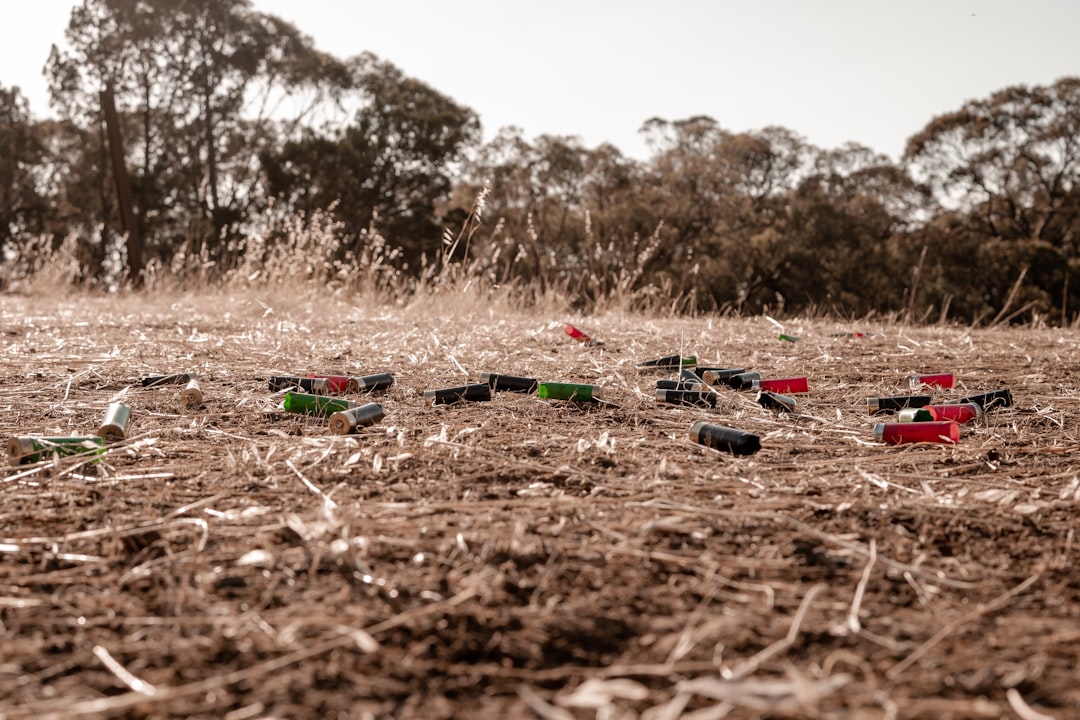What is it about?
We showed that particulate pollution at busy intersections reached levels up to ten times worse than background levels measured at official air monitoring stations. The instruments were built from our freely published design, so that citizen scientists can affordably build their own and make their air quality data publicly available.
Featured Image

Photo by Gocha Szostak on Unsplash
Why is it important?
Air quality on Australia’s roads affects most of us: adults and children meet, commute, exercise, shop and walk on heavily trafficked streets. Unfortunately air quality monitoring at roadsides is usually inadequate or absent. Our measurements will help people to better understand the hazard and find ways to keep themselves safer and healthier. Those who have their own air quality devices can find the times and places where the air is clean.
Perspectives
This paper, together with a companion article in The Conversation has yielded many responses and inquiries. It has revealed the ever growing levels of awareness and concern about the safety of air that we breathe. It was a very rewarding study, performed by an excellent team, including people from Liverpool (Australia) Council and the SMART Infrastructure Facility at the University of Wollongong.
hugh forehead
University of Wollongong
Read the Original
This page is a summary of: Traffic exhaust to wildfires: PM2.5 measurements with fixed and portable, low-cost LoRaWAN-connected sensors, PLoS ONE, April 2020, PLOS,
DOI: 10.1371/journal.pone.0231778.
You can read the full text:
Resources
Contributors
The following have contributed to this page










